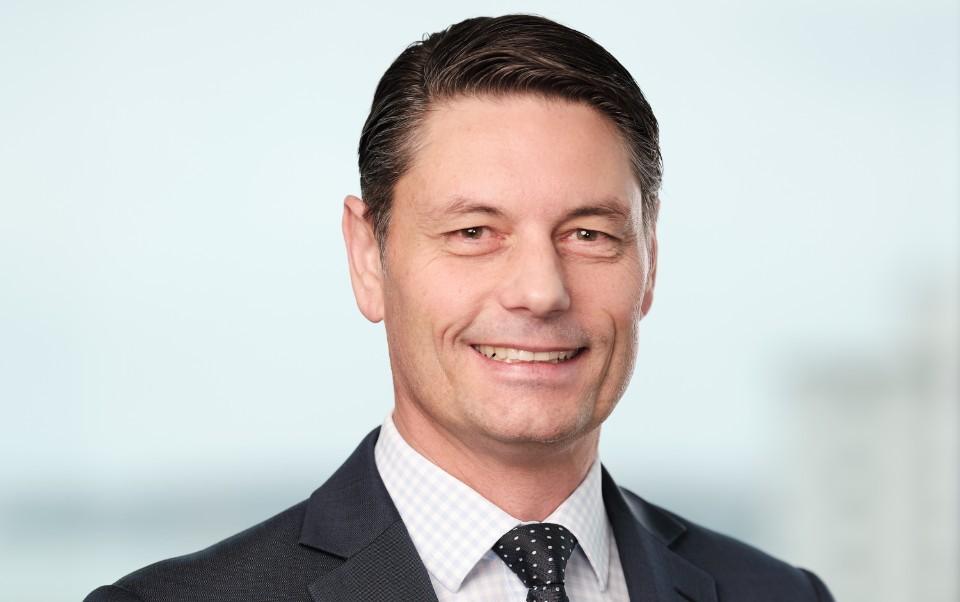
Three-point checklist for getting maximum savings out of KiwiSaver
To be in the best financial position at retirement, it’s important to get the most out of KiwiSaver.
Choice of provider, the type of fund that savings are invested in and the amount being contributed can make a huge difference to the member’s end balance.
Shortly, all KiwiSaver members will receive an annual statement. It will have an estimate of their balance at retirement, and an estimate of what this will look like as a weekly income. This information will help a member decide if they need to make any adjustments.
Milford Asset Management, winner of the Consumer NZ's People's Choice Award for KiwiSaver for three years’ running, shares timely guidance to help members get the most out of their savings.
Murray Harris, Head of KiwiSaver and Distribution, says members should check three things: their provider, the type of fund their money is invested in and their contribution amount.
After June 30, eligible members who have contributed at least $1042 over the year will receive the maximum Government Contribution of $521.
1. Check your KiwiSaver provider
One of the great things about KiwiSaver is a member gets to choose who their money is invested with. When choosing a provider, there are a range of factors to consider. Three important ones are: a track record of success, personalised customer service and a high-quality investment team.
Investment returns can be compared using online comparison tools or Morningstar’s quarterly survey, which compares average returns across 18 providers over the last ten years. Although it is important to remember that past returns are not a guarantee of future returns.
"Rather than just the last year, we advise people to look at the long-term track record: three, five and ten years, and see how consistently your provider has been able to generate good investment returns, and where they rank. Although not a guarantee of the future, this gives you a sense for their skill in managing your investment over time," Harris said.
A difference of an extra 1 percent return per annum can amount to a lot of extra money at retirement. For example, for a 35-year-old earning $55,000 per year, a balance of $20,000, and individual and employer contributions of 3 percent, the difference could be over $100,000.
"If they were in a fund returning 7 percent per annum and move to another provider in a 'growth' fund returning 8 percent per annum (1 percent better on average over 10 years), by age 65, they’ll have $125,000 more," Harris explained.
Getting good advice and personalised service at the right time can help put you in a position to succeed.
"Whether it’s being in the wrong fund, taking a savings suspension or switching funds at the wrong time, your provider should be able to help you to make those decisions," Harris said.
Some providers use a 'passive' investment strategy, others take an ‘active’ approach, investing in select companies, not the whole market.
"Using an active investment approach, our aim is to nimbly position the portfolio so that peoples’ money is exposed towards companies that we believe are positioned to do better," Harris said.
Last year’s FMA annual report showed 166,000 KiwiSaver members changed providers. Some providers, like Milford, allow members to switch to them in about five minutes on their website.

2. Check your fund type
Another important decision is fund choice.
Members should actively choose their fund, based on their time to retirement and attitude to risk. Most providers have a quick online calculator and/or risk tolerance questionnaire on their website. Some also provide financial advice.
If a member is not planning to withdraw for a first home purchase and retirement is ten or more years away, a growth or aggressive fund, investing mainly in shares and property is may be more appropriate. This is because it should provide a better return, although it’s higher risk and should experience more significant ups and downs.
Those already in retirement will generally want more stability in their investment. So, a lower-risk fund may be more appropriate than a growth or aggressive fund.
But everyone’s situation and tolerance for risk is different. So, it’s important to seek financial advice or use an online tool to help you decide.
The Morningstar survey shows that over the last ten years, the average return of a growth fund was 8 percent and for a conservative fund, was 5.6 percent.
"For a 35-year-old, over 30 years, that could be almost $250,000 more at retirement than if they stuck with a conservative fund," Harris said.
3. Check your contribution amount
Last year two new contribution rates were added. Members can now choose from five contribution levels: 3 percent, 4 percent, 6 percent, 8 percent or 10 percent of their wages, and they can also do separate direct contributions.
With so many options it can be hard to know what’s best. Fortunately, there are online KiwiSaver calculators which help to illustrate potential growth in a member’s savings at different contribution levels and some even show the weekly pay deduction amount.
"If you’re partnered with a provider that’s got a long-term track record of consistently good returns and they provide good information, education and advice to support your decisions, you should have a better-quality experience over time," Harris said.
For more information click here.
This article is created for Milford Asset Management.
Please note past performance is not a guarantee of future performance. Before investing you may wish to seek independent financial advice.